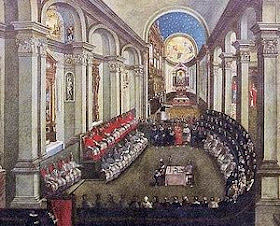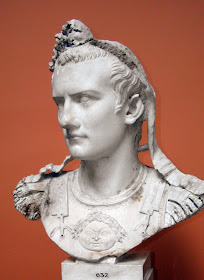Trade laws were enacted to protect cereal growers and producers throughout the United Kingdom of Great Britain and Ireland against foreign producers who were able to plant, grow and harvest wheat, barley, corn, oats, and millet or sorghum, mainly. Thus, Corn Laws were taxes levied on imported cereal grains in order to keep prices high to benefit capitalists.
 |
Signing an Anti-Corn-Law Petition
|
Between 1815 and 1846, the British Crown defended British producers and marketers so they could derive maximum profit. The best way was to set higher taxes on imports, called tariffs. Consequently, it was very expensive to import grain from other countries due to high tariffs needed to nationalize them.
.gif) |
Because Britain was unwilling to
import Europe's grain, European countries were unable to buy British
manufactures. Hence trade suffered badly at a time
|
These laws were a model of application known as the "mercantilism" system, which was an economic system to protect local production, and taxed very heavily on imports to avoid competition with the British capitalists.
 |
| Points of view |
The protection of wheat, over other cereal grains, was very important because workers living depended heavily on bread that is made from wheat. For Queen Victoria, wheat protection was a matter of food security, but for capitalists, was a necessity to accumulate wealth, even though there was hunger at home. In fact, in 1845, broke the famous "famine" of Ireland, because the potato crops were infected with a fungus similar to "rust" that destroyed almost all Irish agriculture. Hence, Ireland lost almost half of its population: a quarter starved, and the other had to migrate, mainly to the United States.



.jpg)

























%2C_or_Porta_Prenestina.jpg)
_01.jpg)









.jpg)




.jpg)
.jpg)
